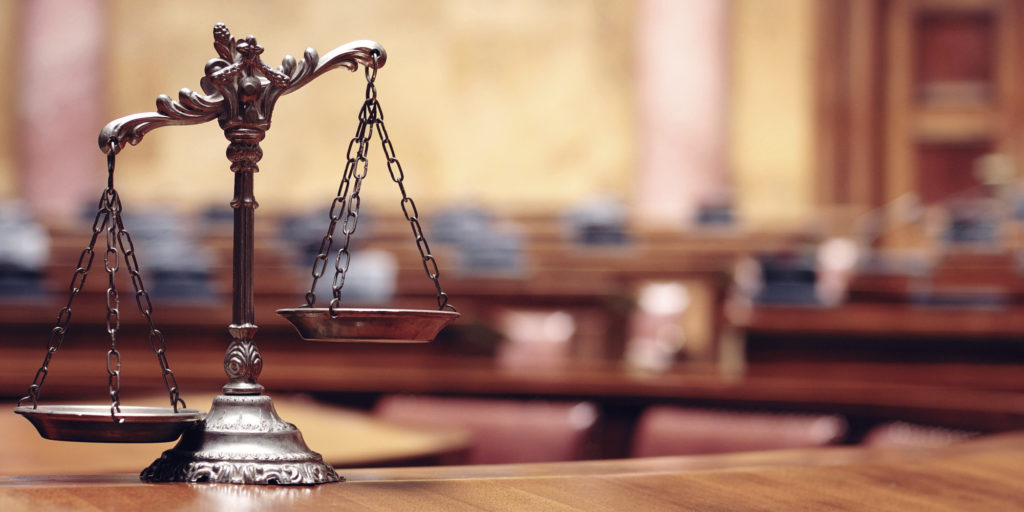
Justice Karnan’s Cry for Justice
Like other important organs of the Governance, the Judiciary is dominated by the Brahmans. Barring a few appointments that can come close to tokenism, the judiciary in India has been a stronghold of the Brahmans. The long-standing pending appointments of the judges are bone of contention between the executives and the judiciary. The Government is not willing to let an independent body appoint the judges. The judiciary remains a den of discrimination and blind to the plight of common people in India, mostly the lower castes. Justice Karnan is crying foul for some time and voicing his plight of being discriminated because he is from the lower caste.
If Justice Karnan is discriminated, one can imagine the depth of discrimination a normal lower caste person face in India.
India’s first Dalit President, K. R. Narayanan, was similarly made fun of in the media. K. R. Narayanan was the highly educated person, a career diplomat, and a politician, but he was insulted by the Indian media oftentimes.
When Jagjivan Ram was the Deputy Prime Minister of India, he was treated as a leper in some establishments. An individual can rise up, thanks to the compulsion of the electoral politics, and affirmative policy that Babasaheb Ambedkar introduced in the constitutional set up of India, but the discrimination and defaming are the rule than an exception.
Justice Karnan is a judge in the High Court. This rise in itself shows that he is a man of knowledge. But that the judiciary and its system is making him feel that he is lower than others then the Justice is really blind. He has been stopped from working and he is pleading to the authorities that he should be allowed.
The most important factor that makes Judiciary a den of caste-based discrimination is the lack of affirmative action policy in Judiciary. How many SC, ST, OBC, and minorities are in the Judiciary? Very few.
The 85 percent of the population is not represented in the Judiciary. This has to be changed and the only way to do it introducing affirmative action in Judiciary and reforming Judicial services. India has an extensive network of courts starting from session courts to the Supreme Court. It is one of the important organs of the democracy that keeps it alive. But the Judiciary should become accessible to all.
A few experts suggested All India Judicial Services examination conducted on the line of All India Civil Services Examination. A level in the Judiciary can be identified and a highly competitive examination with affirmative policy must be fixed so that the entry level ensures that the talented pool of diversity will join it. It is important to bring reforms in this area for the effective implementation of the democratic country.

Did you know? There is a Manu (of Manusmriti, law book of Brahmins) statue in front of the Rajasthan High Court.
Can Dalits-Muslims expect justice from such Brahmin courts? Is there any justice for Dalits and minority communities in Brahmin India? In courts around 80% judges are Brahmin, can we expect justice? Dalits die waiting years and years for justice, which is just a word for Dalits and minority communities in India. Recently, Bhaiyyalal Bhotmange, the lone survivor of Khairlanji Dalits massacre died waiting for justice from Brahmin courts. Will things ever change for Dalit-Bahujans?
Author – Mangesh Dhaiwale and Velivada Team



+ There are no comments
Add yours